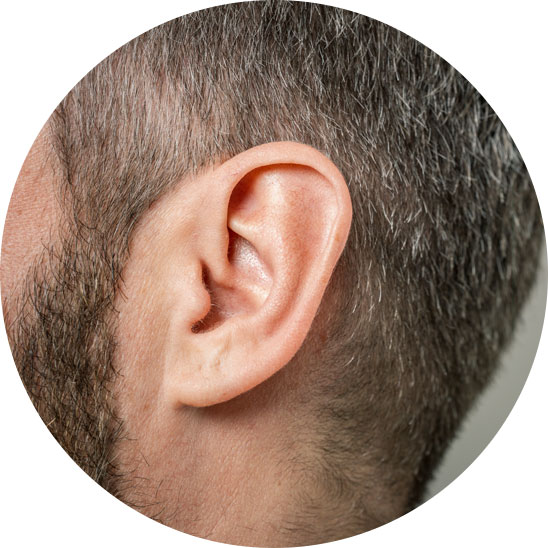Find out more about Oticon Zeal here:

Outer ear infections
There are two main types of outer ear complaints: acute infections and chronic conditions. The former tend to come on suddenly and last no longer than seven days, once treatment has been applied. The latter, however, can last much longer. These can also be recurring so your discomfort might last a while.
Symptoms of outer ear infections
Here are some of the main symptoms you might have if you’re suffering from an outer ear infection:
- Itching in your ear
- High temperature
- Discharge from your ear
- A red or swollen ear canal
- Ear fullness
- Dry skin or eczema in or around your ear canal
- Pain/earache which may get worse when you push or pull your ear
- Temporarily dulled hearing or loss of hearing in one ear – if the swelling is enough to block your ear canal it can cause hearing problems
You should speak GP if you’re experiencing any of these symptoms.

Outer infections and wax
Trying to remove ear wax on your own can cause an outer ear infection. Accidentally pushing ear wax back into the ear will cause ear and hearing problems.
Wax is basically a self-cleaning service for our ears. It protects the ear canal from bacteria and debris that can cause infections. It might not look nice, but it does serve a purpose.
But if you’re having problems with too much wax building up, it’s better to seek professional advice.
Complications
Your outer ear infection can spread, if left untreated. It can spread across the skin and even form an abscess.
One uncommon risk is that the infection can become more severe, known as malignant otitis. This happens when the infection spreads to the bones located around the ear in the skull area. While this can be life-threatening if untreated, it is rare. Those with diabetes and immune system disorders are more prone to outer ear infections becoming malignant otitis.
Untreated ear infections can result in hearing loss in one ear, since the ear canal can become narrower or even completely blocked.

Book your free hearing healthcare check-up
Fill in your details below and a member of our team will contact you to arrange an appointment.


